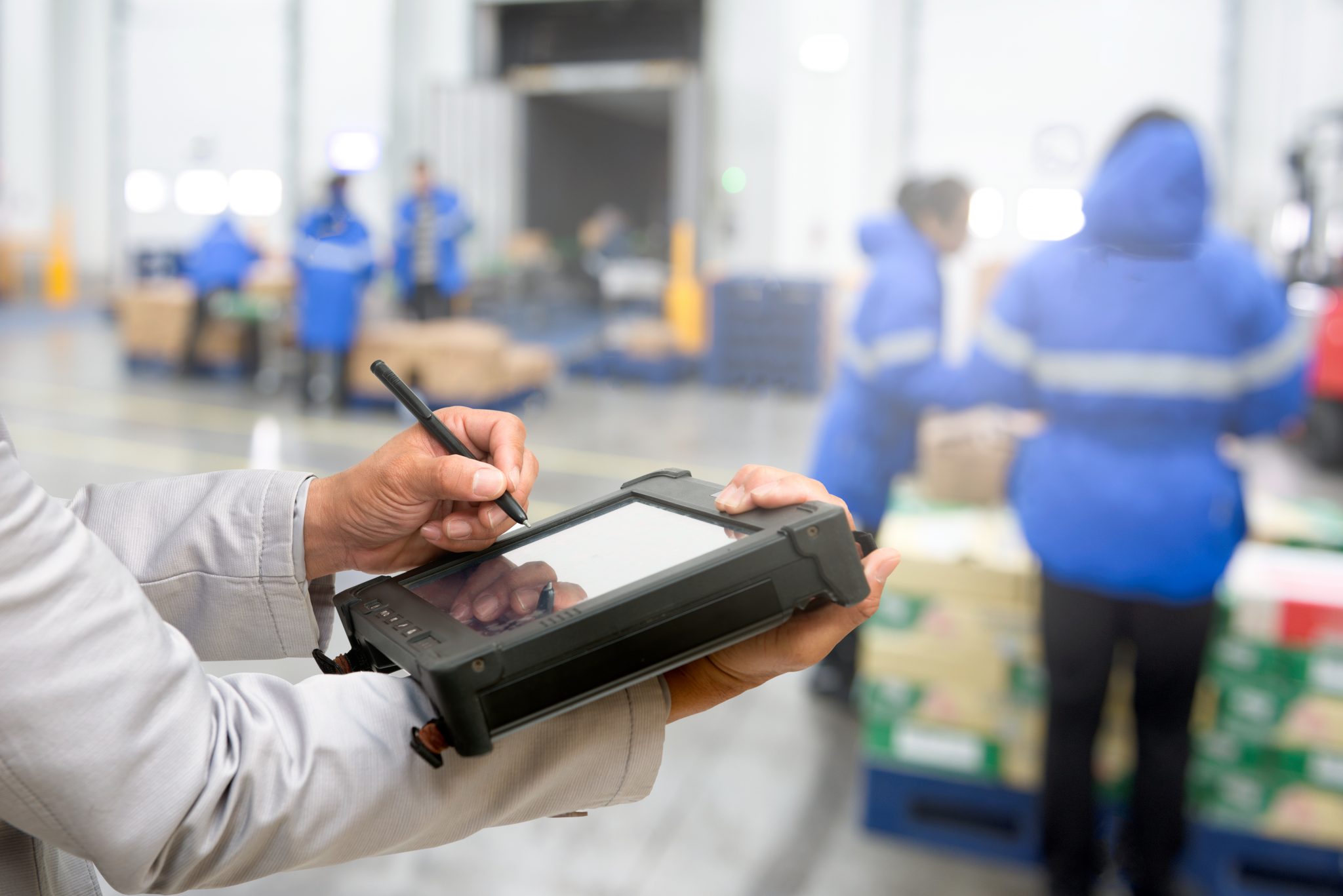Question: What do grocery stores and automobile dealerships have in common?
Answer: Lots and lots of price tags.
And what does that mean for your dealership? Often it means hiring someone almost at full time to scramble around the new and used car lots each day to make sure the hand-written tags were in place, visible and priced correctly.
But technology is now catching up with this cumbersome chore and erasing many of the headaches that came with it, including bad handwriting and constant price tag vigilance. At least two companies in the United States are now offering electronic hang tags, technically known as Electronic Shelf Labels or ESLs, named because the concept, originally developed in Germany, was first applied to grocery stores, where pricing items correctly is not only a headache, it’s a migraine.
With any system, there are pros and cons, but the auto dealership industry is currently adopting a system that has been in use in grocery stores for seven years. As such, the grocers were the ones to survive the early system glitches and fine tune the features so they provided the right information in a manner customers could appreciate.
One of the early issues that has been largely resolved is the need for a power supply for hundreds of devices, adding depleted batteries to a business owners list of worries.
ESL batteries, however, now last for five to seven years in the devices that can be suction cupped to the inside of a car window or hung from a side-window or mirror bracket, explained a technician at one of the digital hang tag companies. (The two companies this reporter pursued for information were troniTag, based in Indiana and Germany and Altierre with offices in Silicon Valley and Paris.) To save power, he said, the batteries now sleep for five minutes, then come awake for just enough time to check in with the main computer for price changes, then power down for another nap. The display, meanwhile, stays on.
Product development has also reached the point where ESL devices can communicate back to the system, in the manner of bio-feedback, with information on the status of the batteries in each device, so system managers can figure out which batteries are starting to wear down.
ESL advocates say the first gain for an ESL system is eliminating the chore of running around the car lots to change prices, regardless of the weather.
In addition, price accuracy is all but guaranteed, as the computer (laptop or PC) managing the system can show you what each of the digital hang tags are displaying.
Dealerships can now change prices rapidly, almost effortlessly, with a system that allows them to keep up with competitor pricing or mark down cars during a sale.
Others say the system offers more definitive prices than handwritten price tags. If someone has scrawled a price on a piece of paper hanging inside a car, some customers take that as a sign that prices are negotiable, assuming that handwritten prices are not as permanent as a digital display, which has a sleeker look, but one that is also more authoritative.
As such, the systems lend themselves better to dealerships that are eliminating price negotiations with customers.
The ESL systems are paperless and offer a much sleeker look than handwritten price tags unless you happen to have a professional calligrapher on staff. (And what are the odds of that?)
The sleeker look adds a marketing bonus to the plus column, especially in an increasingly gadget-oriented culture.
Speaking of gadgets, some ESL systems allow customers to scan the information on display with their smart phones, which are then automatically linked to a website that can provide more information on the car itself – a system that should lend itself to more browser to buyer conversions.
Benefits: Paperless, sleek, easy and quick to change, provides high tech interactions with customers, cuts down on labor costs and greatly reduces pricing mistakes that can be embarrassing or costly. In addition, the system lends itself well to one-price dealership policies.
Negatives: Upfront costs, time spent monitoring and managing the system … and that’s about it. Note: Some of the systems are purchased, while others can be leased.
Restrictions: Beware of environmental limitations such as heat and cold, especially in cars sitting under a hot sun or enduring sub-freezing temperatures.








